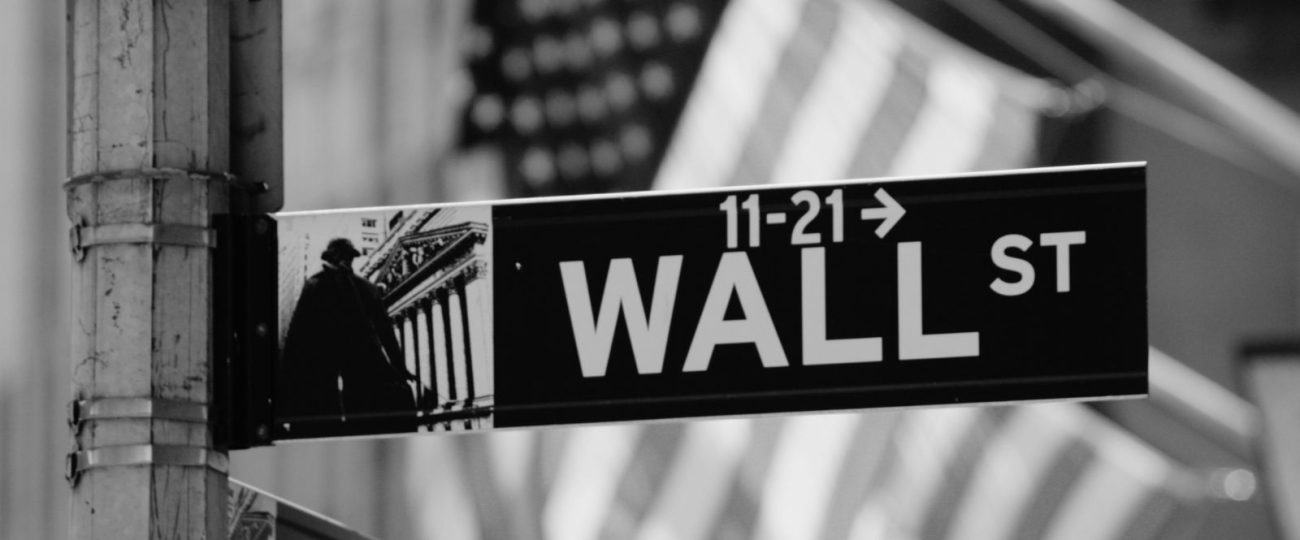What Happened On September 16th?
On September 16, 1920, at precisely 12:01 p.m., an explosion ripped through the heart of Wall Street. A horse-drawn wagon packed with 100 pounds of dynamite and 500 pounds of iron weights exploded outside the J.P. Morgan & Co. building, killing 38 people and injuring hundreds more. The bomb’s shrapnel blasted across the street, embedding itself in nearby buildings, people, and vehicles. The sheer destruction left Wall Street littered with bodies, debris, and the shattered remains of a city struck by terror.
In the minutes leading up to the explosion, the area bustled with lunchtime activity. The streets were filled with bankers, clerks, messengers, and office workers. The explosion tore through this crowd, targeting individuals who had no idea of the danger they faced. As smoke and chaos enveloped the financial district, rescuers scrambled to save those who survived. Many of the victims were young men and women, employees who had left their offices moments before the blast, only to be caught in the crossfire of a war they didn’t know existed.
The bombing had an immediate impact on Wall Street’s communication systems. The explosion knocked out telephone lines across the financial district, disrupting not just business but the ability to coordinate emergency responses. As people tried to reach loved ones or report the disaster, the breakdown of communication only added to the confusion. The financial district, one of the most connected areas in the world, had suddenly gone silent, amplifying the fear spreading through the city.
Despite the widespread carnage, business leaders quickly moved to contain the damage. Within hours, teams began clearing debris, and by the next day, the New York Stock Exchange reopened. This swift response wasn’t just about maintaining order; it was a calculated decision to project strength and stability in the wake of a terrifying attack. The damage to Wall Street’s physical structures could be repaired, but the psychological toll left an indelible mark on those who lived and worked in the area.
As police launched their investigation, they discovered that the bomb had been placed in a wagon left unattended near one of the busiest intersections in New York City. The driver, who had disappeared just before the explosion, had left behind no identifiable trace. Fragments of the wagon and bomb components gave investigators little to work with. They suspected that the attack was politically motivated, as anarchist groups had recently targeted symbols of American capitalism. In fact, just a year earlier, a wave of mail bombings had swept through the United States, adding to the suspicion that this was yet another act of domestic terrorism.
The investigation quickly focused on known anarchists, especially Italian anarchist groups, who had previously carried out bombings in the U.S. Authorities suspected the involvement of followers of Luigi Galleani, a well-known anarchist leader whose supporters had orchestrated violent attacks before. However, despite their efforts, investigators failed to find definitive proof linking any specific individual or group to the bombing.
Interestingly, the damage inflicted by the bomb wasn’t limited to the people or the buildings nearby. The iron shrapnel used in the explosive caused significant financial damage, too. Records showed that J.P. Morgan & Co. and other businesses incurred massive losses as office equipment and critical documents were destroyed in the blast. Financial documents, vital to the daily operation of the firms, were incinerated or scattered, further disrupting business operations.
Despite the immediate chaos, Wall Street’s leaders made the decision to leave some of the visible damage from the attack intact. The façade of the J.P. Morgan building, which had been severely pocked by the bomb’s shrapnel, was never fully restored. The marks left on the stone walls were a deliberate choice, meant to serve as a constant reminder of the violence that had struck at the heart of American finance. The decision to leave the scars untouched also sent a message: Wall Street had endured the attack and would not hide the evidence of its survival.
While the attack targeted the financial district, the bomb’s victims were ordinary workers who had little to do with the world of high finance. Many of those killed were messengers, stenographers, and office boys—people who earned modest wages and performed essential but low-profile tasks for the financial elite. This tragic irony deepened the horror of the attack, as those who lost their lives had nothing to do with the wealth and power associated with Wall Street.
Despite the massive investigation, the Wall Street bombing remains one of the greatest unsolved crimes in American history. Investigators interviewed hundreds of suspects, but no one was ever charged or convicted. The case grew cold, and the bombing gradually faded from the headlines. However, the psychological impact endured. The idea that an unknown bomber could attack the very heart of American capitalism without being caught left a lasting sense of vulnerability among New Yorkers.





